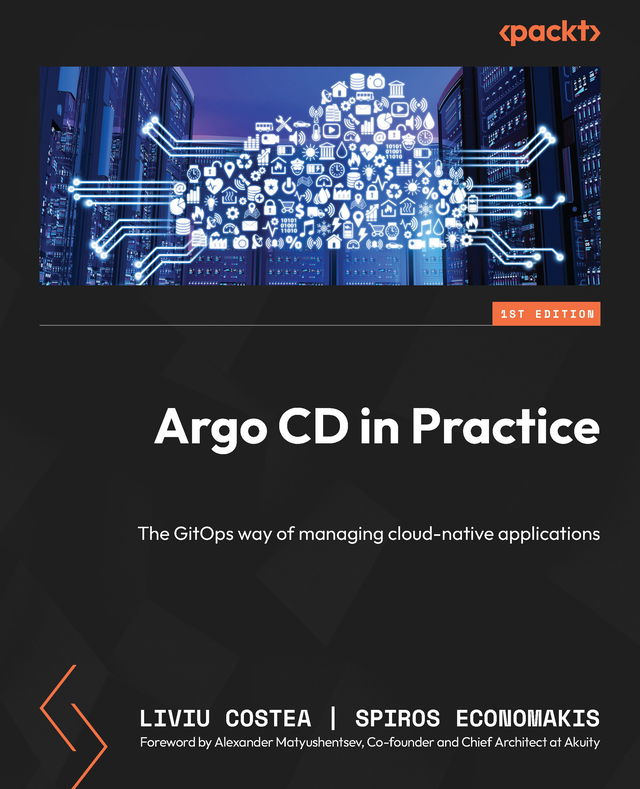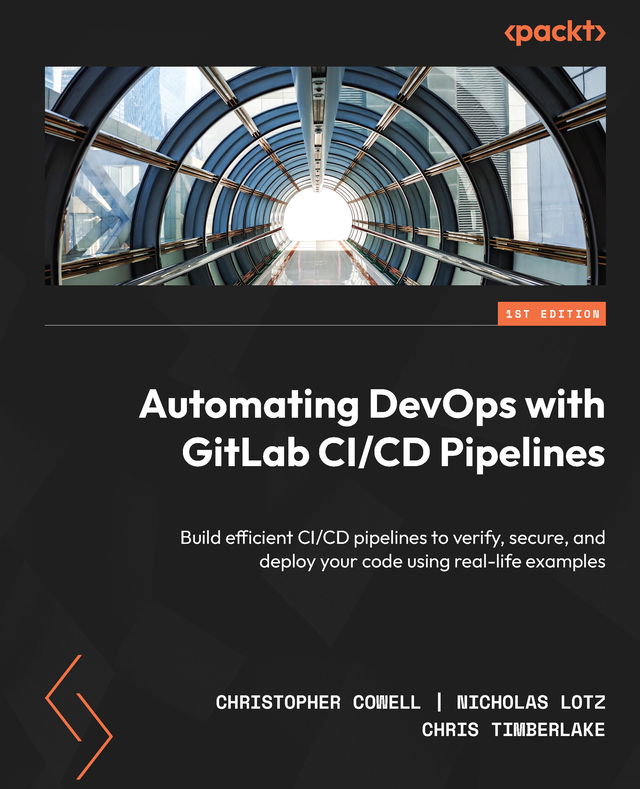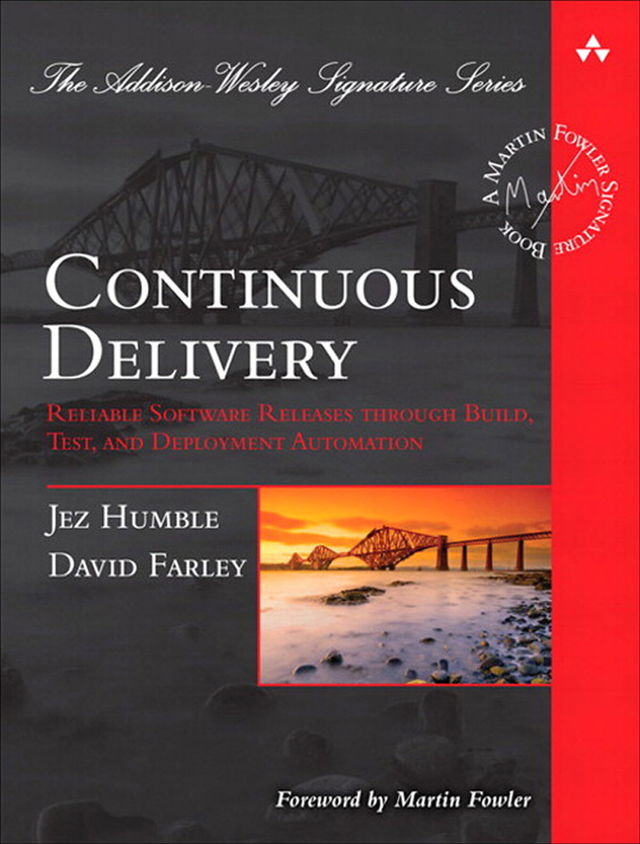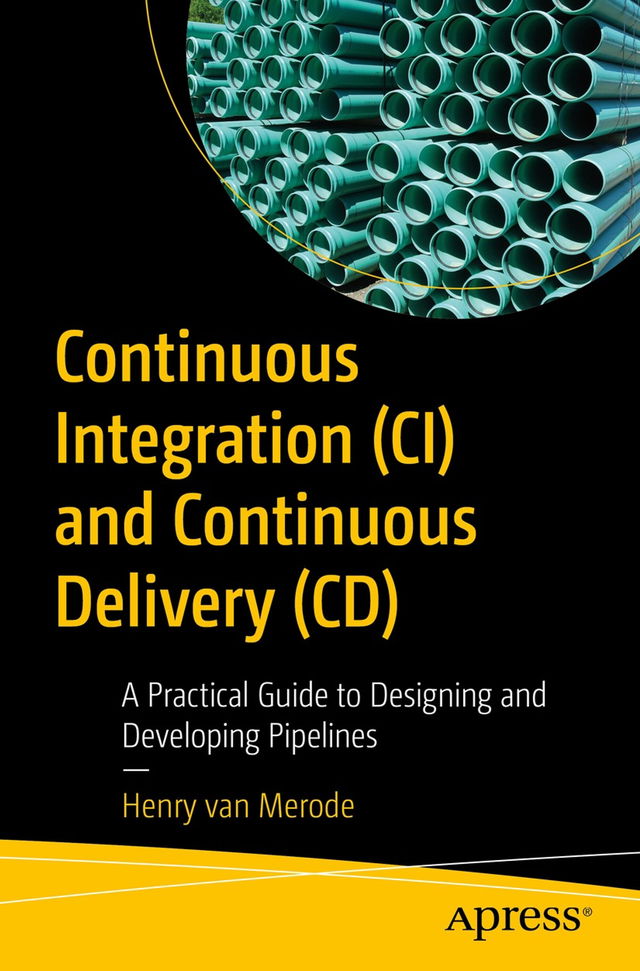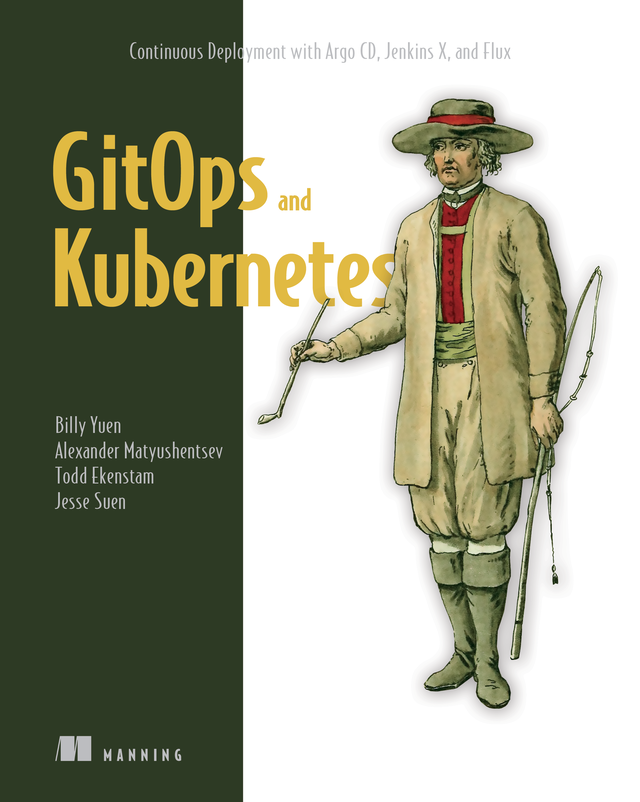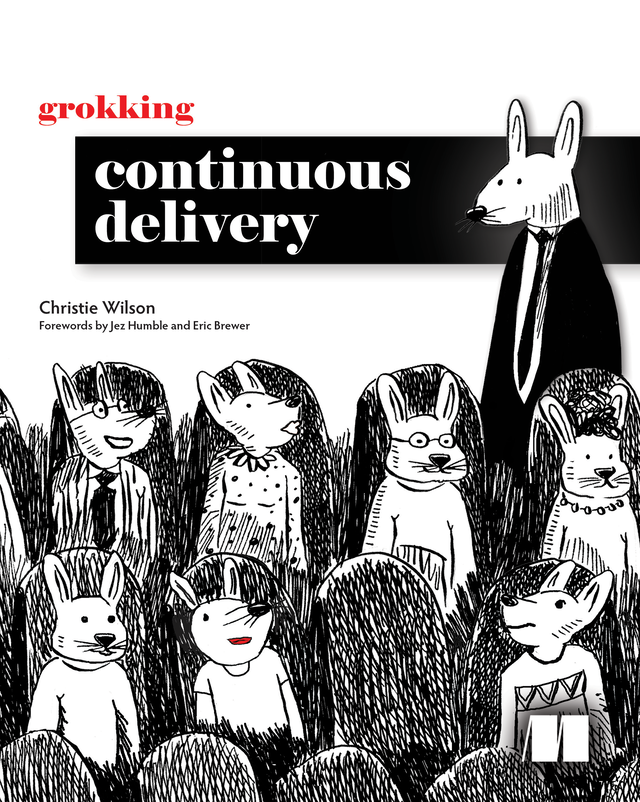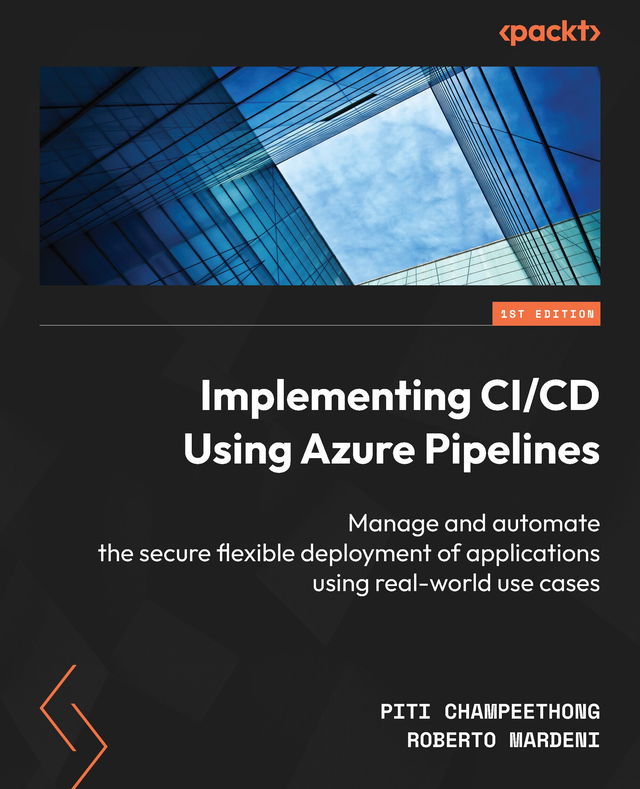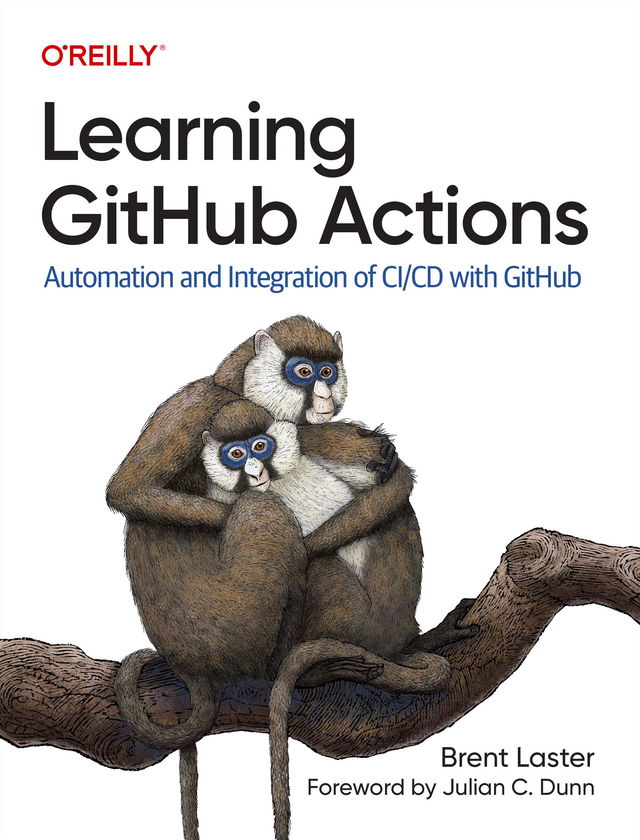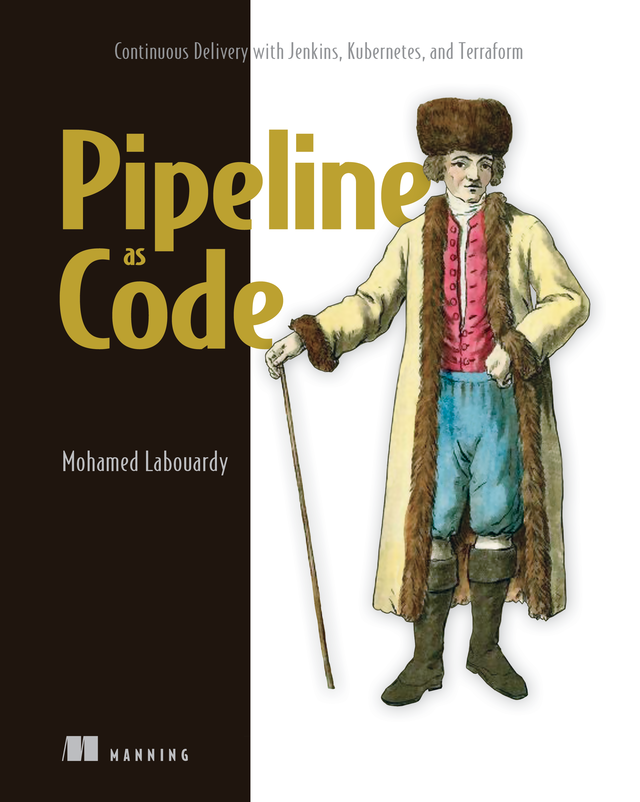GitOps follows the practices of infrastructure as code (IaC), allowing developers to use their day-to-day tools and practices such as source control and pull requests to manage apps. With this book, you'll understand how to apply GitOps bootstrap clusters in a repeatable manner, build CD pipelines for cloud-native apps running on Kubernetes, and minimize the failure of deployments.
You'll start by installing Argo CD in a cluster, setting up user access using single sign-on, performing declarative configuration changes, and enabling observability and disaster recovery. Once you have a production-ready setup of Argo CD, you'll explore how CD pipelines can be built using the pull method, how that increases security, and how the reconciliation process occurs when multi-cluster scenarios are involved. Next, you'll go through the common troubleshooting scenarios, from installation to day-to-day operations, and learn how performance can be improved. Later, you'll explore the tools that can be used to parse the YAML you write for deploying apps. You can then check if it is valid for new versions of Kubernetes, verify if it has any security or compliance misconfigurations, and that it follows the best practices for cloud-native apps running on Kubernetes.
By the end of this book, you'll be able to build a real-world CD pipeline using Argo CD.
What you will learn
- Understand GitOps principles and how they relate to IaC
- Discover how Argo CD lays the foundation for reconciling Git state with the cluster state
- Run Argo CD in production with an emphasis on reliability and troubleshooting
- Bootstrap Kubernetes clusters with essential utilities following the GitOps approach
- Set up a CD pipeline and minimize the failure of deployments
- Explore ways to verify and validate the YAML you put together when working with Kubernetes
- Understand the democratization of GitOps and how the GitOps engine will enable its further adoption
Who this book is for
If you're a software developer, DevOps engineer, or SRE who is responsible for building CD pipelines for projects running on Kubernetes and wants to advance in your career, this book is for you. Basic knowledge of Kubernetes, Helm, or Kustomize and CD pipelines will help you to get the most out of this book.
